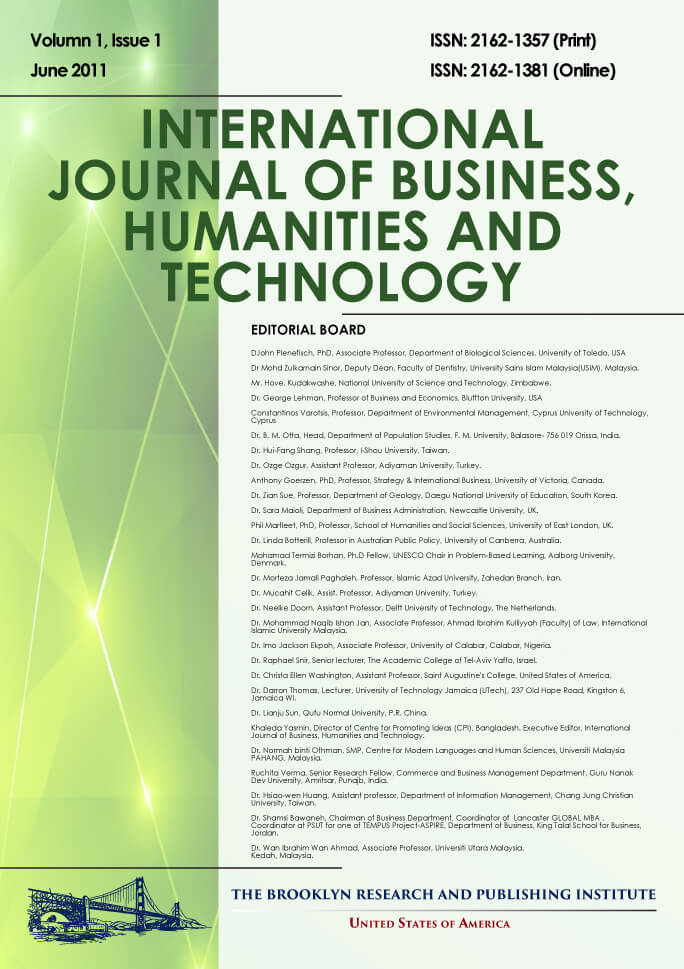The Extent of Compliance with Occupational Safety and Health Regulations at Registered Workplaces in Nairobi
S. N. M. Nzuve, Boniface Ayubu Lawrence
Abstract
The objective of the study was to determine the extent of implementation of the occupational safety and health regulations at workplaces. The study also determined the measures instituted by organizations to comply with the said regulations at workplaces. To meet this objective, the study collected primary data using questionnaires. A sample of 112 was picked out of 2,169 registered workplaces in Nairobi. Data was analyzed using descriptive, factor and regression analysis. The elements used to determine the extent of compliance with occupational safety and health regulations at workplaces were categorized into five factors (independent variables) namely: safety, hygiene, and emergency fire protection and health regulations. All the independent variables were linearly related with the dependent variable using a model of five predictor variables to rate compliance with occupational safety and health regulations at workplaces. The study found out that 90% of the respondents were generally aware of the existence of the Occupational Safety and Health (OSH) Act, 2007. Over 80% of the respondents were of the view that administration and enforcement of the OSH Act, 2007 was adequate and also provided for the safety and health of employees at the workplace. However, inspection and examination of workplaces by occupational safety and health officers was at 52.2%, which is low and could perhaps be one of the factors responsible for lack of full compliance with the OSH Act, 2007. Overall, the extent of compliance with the Act at workplace stood at 64.49%. Organizations still have an abysmal 35.5% level of non-compliance that should be addressed to minimize the dire consequences of non-compliance.
Full Text: PDF

The Brooklyn Research and Publishing Institute
442 Lorimer St, Ste D, Brooklyn, NY 11206, United States
© 2025 The Brooklyn Research and Publishing Institute. All rights reserved.

